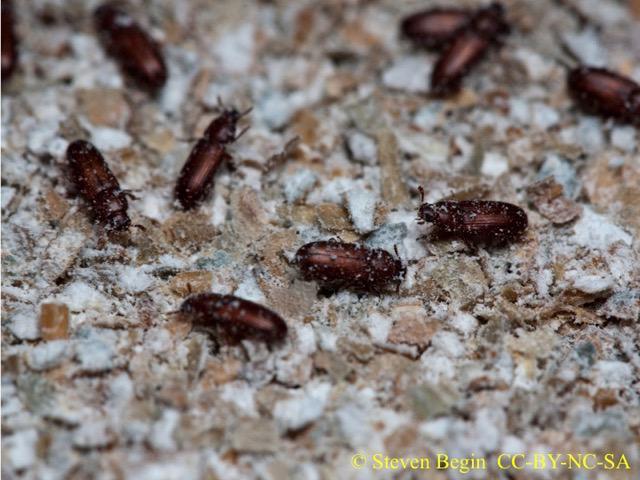Introd uction to Extinction and Extinction Bias
uction to Extinction and Extinction Bias
Students will be introduced to different factors that affect extinction risk and will work with an authentic data set on artiodactyls from Dryad Digital Repository to ask their own questions, develop hypotheses and use data to answer those questions. At completion of the module, students will understand that hypotheses are tested by figuring out what expectations are generated by that hypothesis, and making observations to find out whether those expectations are borne out. They will be able to examine a large data set, select the appropriate data, visualize data by making candlestick plots and look for patterns in these data. The module contains scaffolding, and can be customized to meet the needs of students of varying abilities. The module emphasizes the fact that science is an ongoing process and that investigating one scientific question frequently leads to additional questions.
Based on Price & Gittleman 2007 in Proceedings of the Royal Society B
 Survivorship in the Natural World
Survivorship in the Natural World
Students will compare idealized survivorship curves with actual survivorship curves through the examination and manipulation of an authentic dataset from the Dryad Digital Repository, allowing students to wrestle with questions about whether or not real data yield results that look like classic models. Students are then able to compare those survivorship curves to age pyramids and life histories. At completion of the module, students will understand that while idealized models have value, they do not represent the real world. Additionally, students will have the opportunity to create and manage data files, and will be able to put data into a more easily accessible form. The module contains scaffolding, and can be customized to meet the needs of students of varying abilities.
Based on Bronikowski et al. 2011 in Science

A Walk Through the Woods: Data Analysis of Structural Adaptations in Wood
Students will use an authentic data set from Dryad Digital Repository to explore whether evolutionary tradeoffs actually occur in plants and whether evolution has led to tissue distributions that match predictions about efficiency and safety. Students will 1) form hypotheses about the influence of environmental variables on wood structure, 2) test their hypotheses using wood structure data, 3) interpret their results in light of environmental pressures and physiological function, and 4) revise hypotheses as necessary. Students will be able generate a hypothesis, examine a data set, select the appropriate data to test their hypothesis, visualize these data, and evaluate their hypothesis based on the results. The module contains scaffolding, and can be customized to meet the needs of students of varying abilities.
Based on Zanne et al. 2009 in Ecology Letters

The Beetle Affair [coming soon]
Students will use an authentic data set from Dryad Digital Repository to explore questions of carrying capacity and interspecific competition, while reinforcing basic scientific concepts such as variability, controls and the importance of replication. This module provides students the opportunity to make predictions, work with a large data set, and use data to determine if their predictions are borne out. At completion of the module, students will understand how to create and manage data files, extract the appropriate data from a large collection for analysis, and to put these data into a more accessible format. The module contains scaffolding, and can be customized to meet the needs of students of varying abilities. (Not yet available from Resources).
